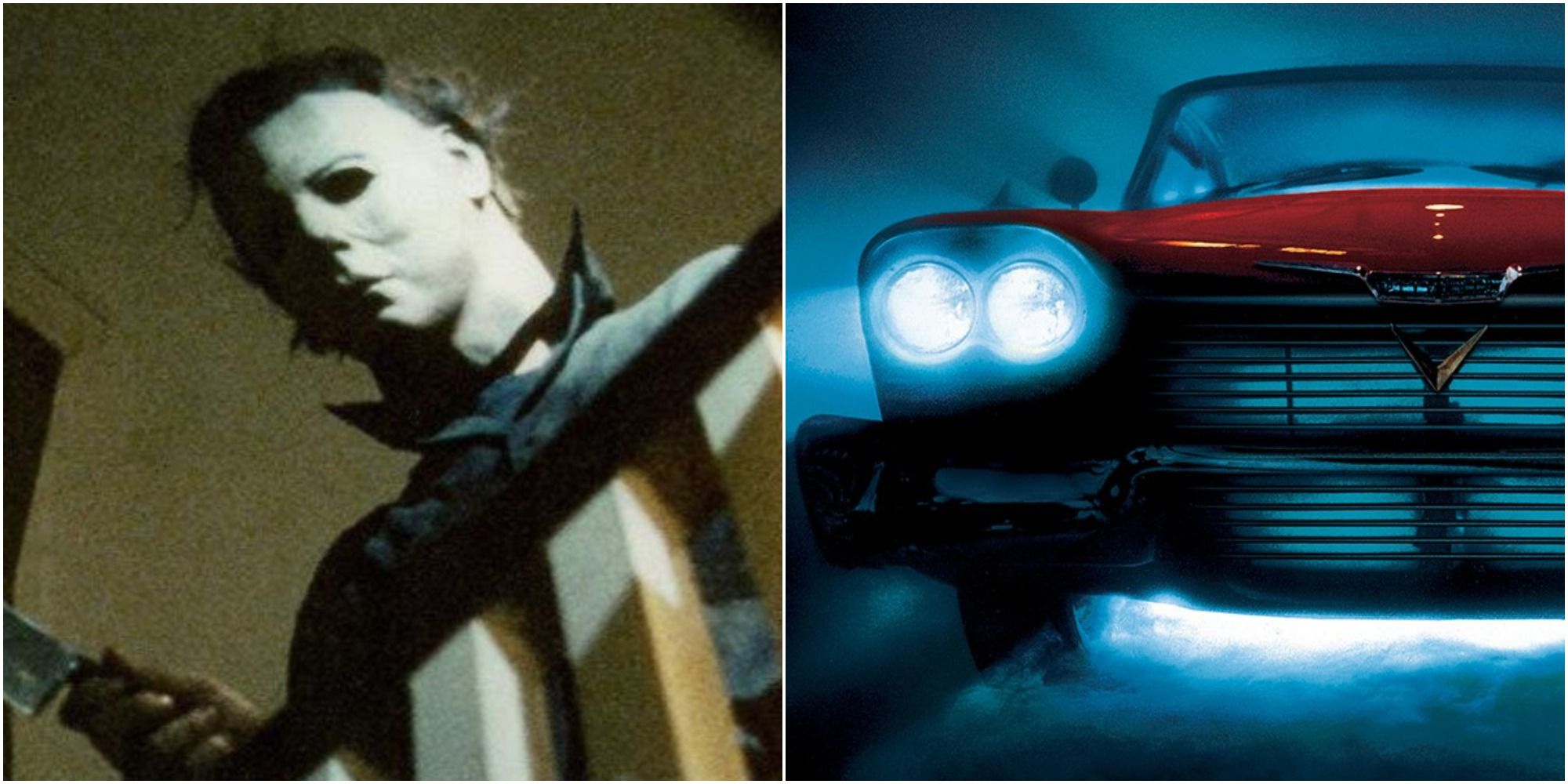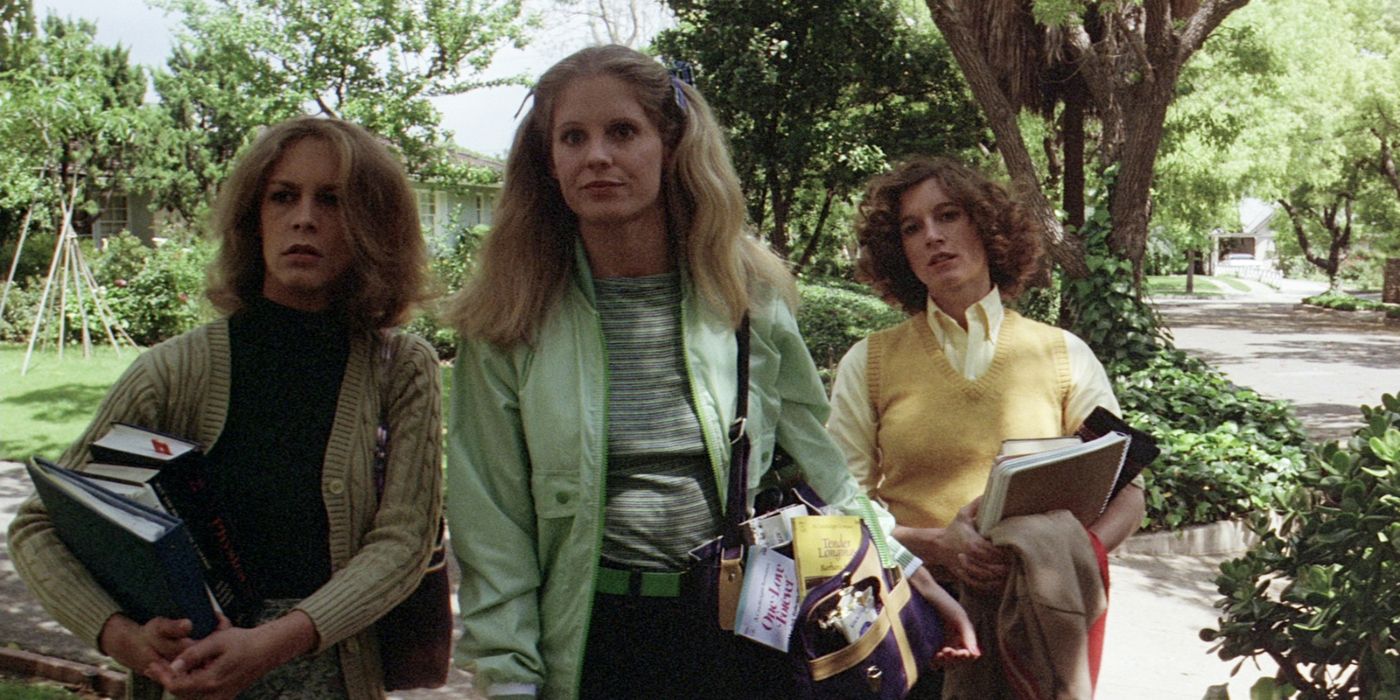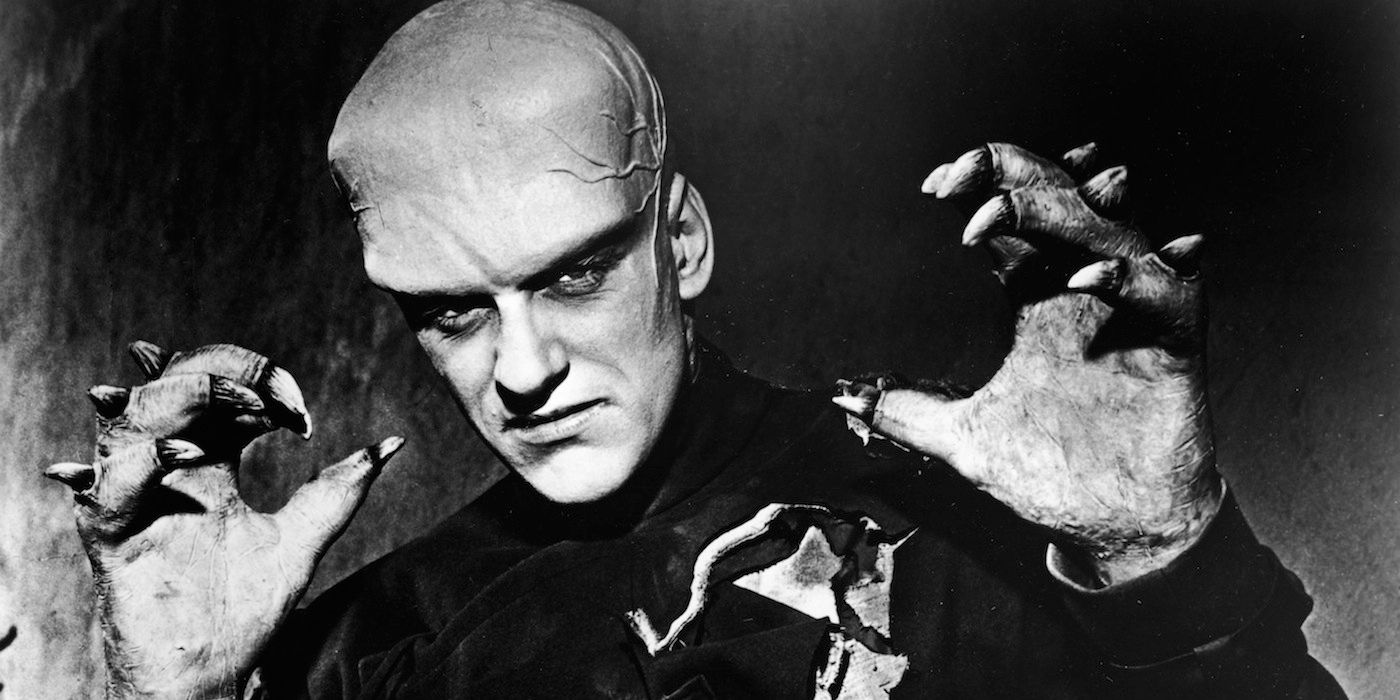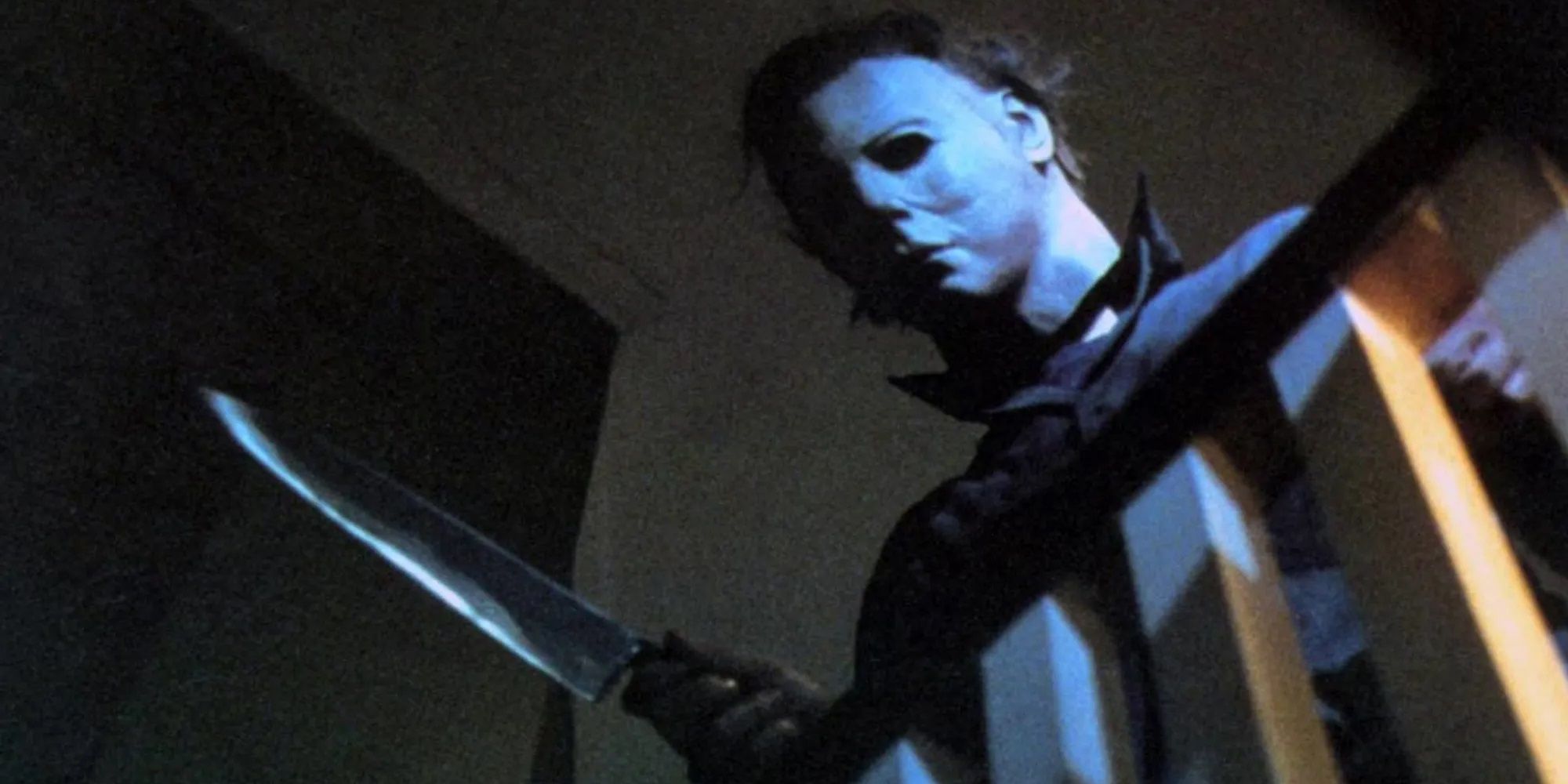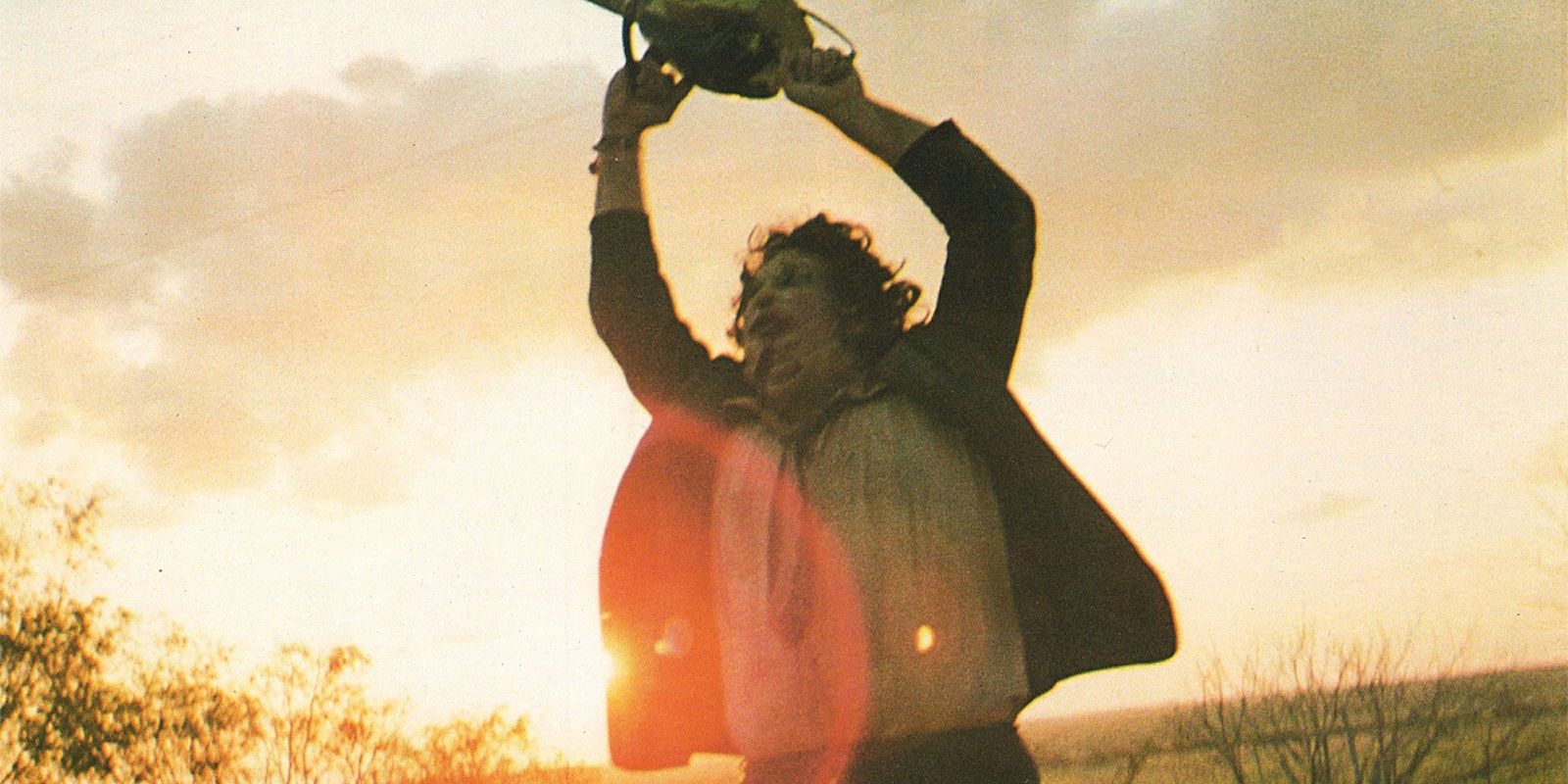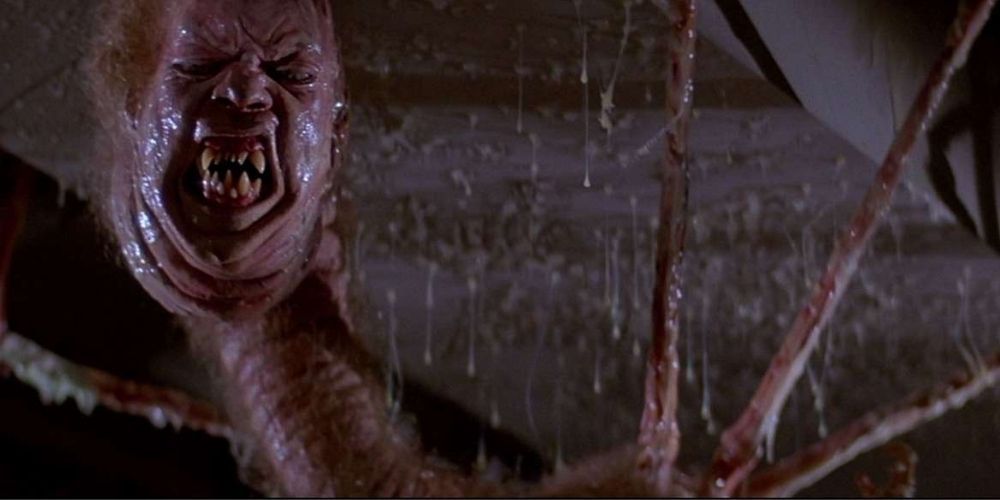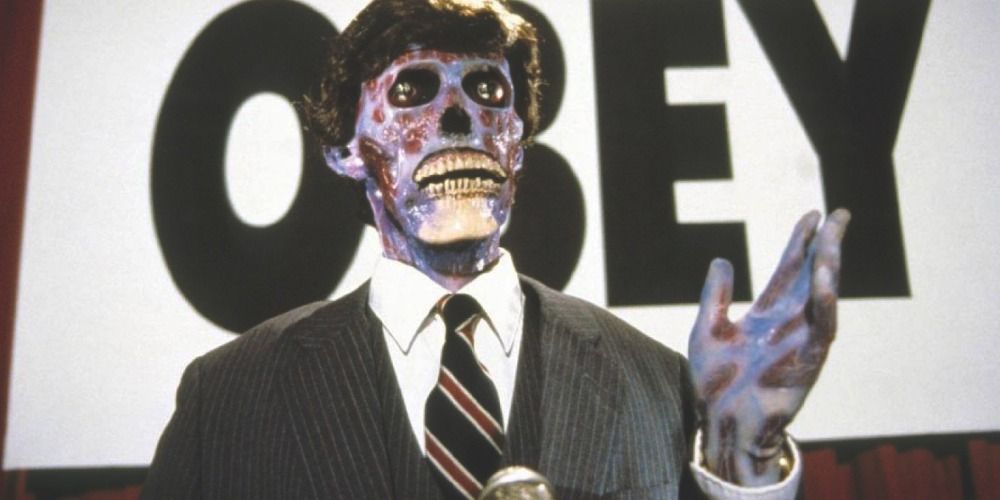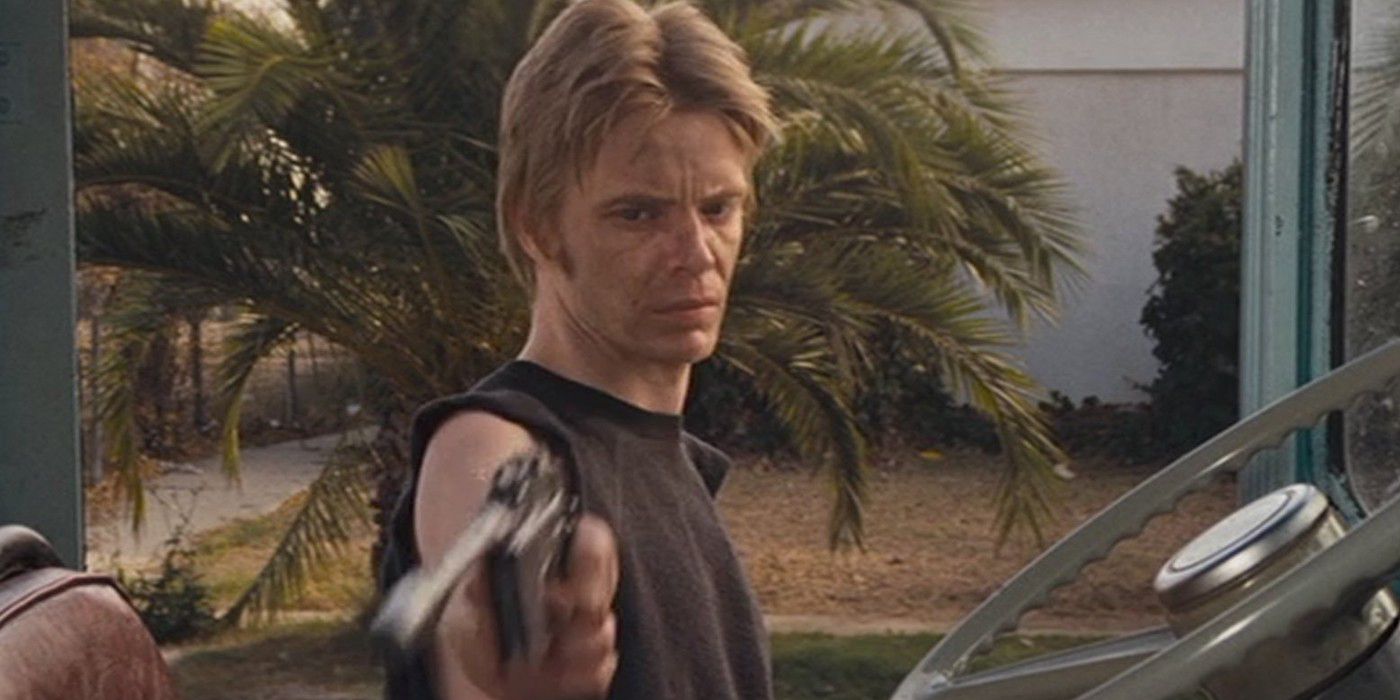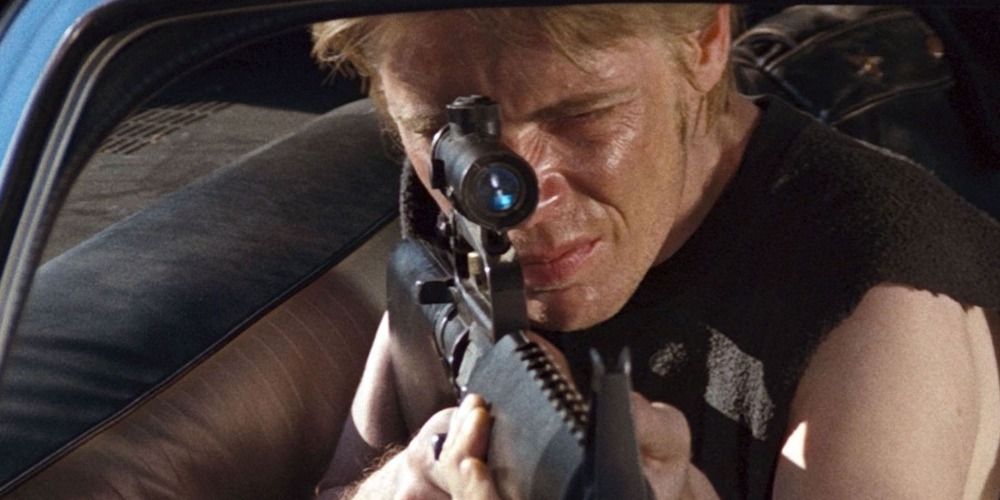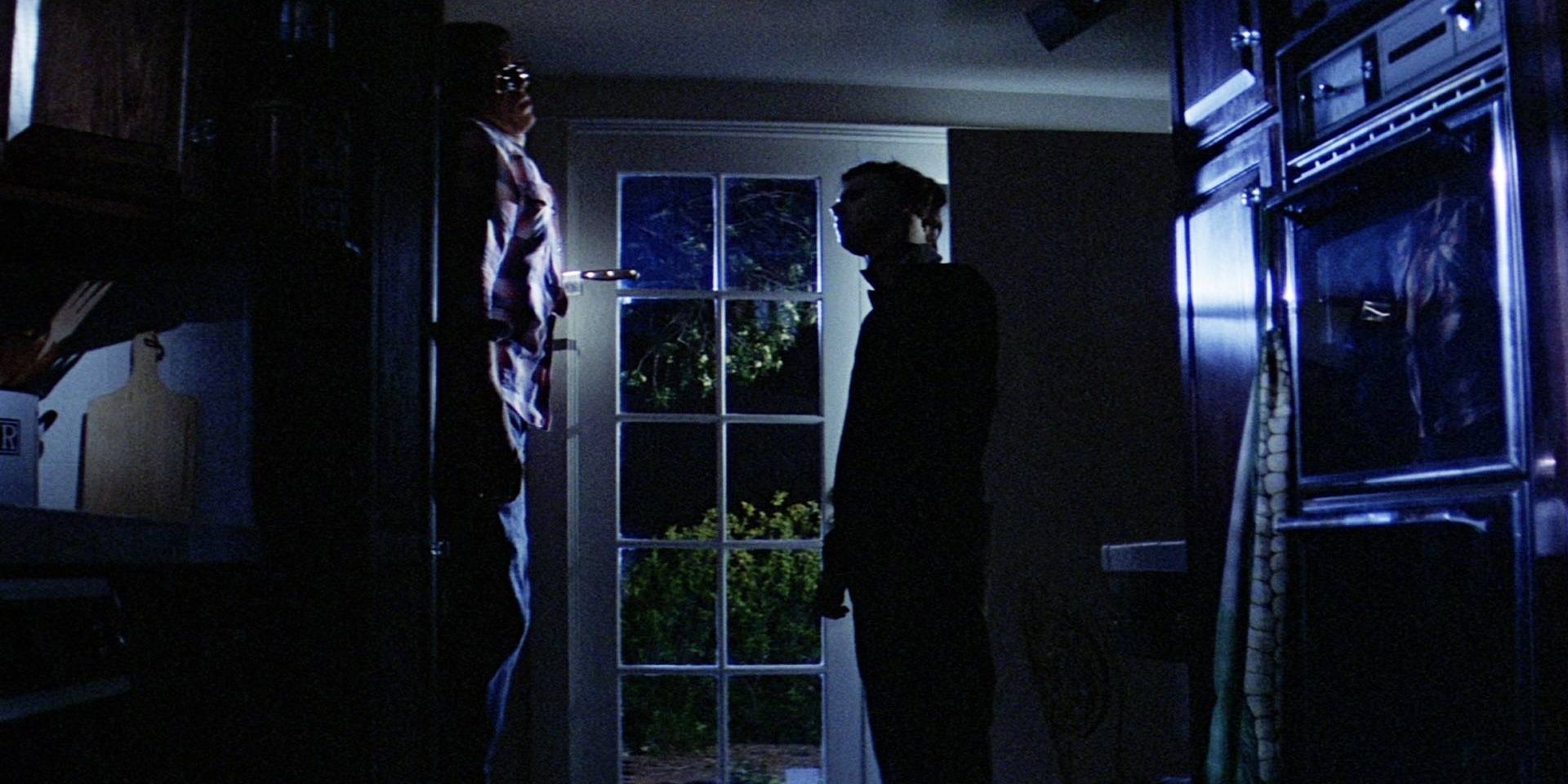John Carpenter is a legendary filmmaker, and he helped change the way horror movies were made in many significant and important ways. He has a legendary filmography behind him, his filmmaking craft proved enormously influential for future filmmakers, he crafted numerous legendary characters, and many of his stories were quite unique.
However, just as Carpenter influenced generations of future filmmakers, so too was Carpenter influenced by the generations that preceded him. He owes his success to many filmmakers and movies that came before him, and many of these works hold up to this day owing to their exceptional filmmaking.
Revolutionized: Steadicam
Steve Smith's documentary Halloween: A Cut Above the Rest is a wonderful source for Halloween knowledge. In the documentary, it's explained that Carpenter's use of Steadicam proved revolutionary at the time, as it allowed for smooth movement during movement-extensive scenes. For example, the opening sequence in which the camera travels through the entire Myers house in one fluid take. Steadicam was a fairly new invention at the time, having been introduced in 1975. Carpenter's brilliant use of the new technology inspired dozens of future filmmakers, many of whom employed Steadicam in their own movies.
Owes: 1950s Low Budget Filmmaking
Carpenter was born in 1948, and he grew up watching a lot of low budget horror and science fiction. Cheap B-movies were quite prevalent at the time, and they had a strong influence on the budding filmmaker. Of particular importance was the filmmaking itself, as Carpenter would go on to direct quite a few low budget movies that became enormous successes. For example, Assault on Precinct 13 was made for just $100,000, and Halloween - perhaps Carpenter's most famous work - for $300,000.
Revolutionized: Unkillable Villain
Michael Myers is perhaps the most influential slasher villain in movie history. While he certainly wasn't the first slasher (more on that in a bit), he was perhaps the most revolutionary owing to his superhuman and unkillable nature. Before, slashers were mainly rooted in reality and featured human - however grotesque they may be - characters. Halloween changed all that, and the success of Michael Myers as a villain gave rise to future slasher icons like Freddy Krueger and Jason Voorhees.
Owes: The Slasher Genre
Halloween may be the most influential slasher film ever made, but it wasn't the first. In fact, 1974 saw two enormously influential slasher films - both of which were released on the exact same day.
Co-released on October 11, 1974, both The Texas Chain Saw Massacre and Black Christmas changed the horror genre forever and introduced the slasher genre to a mainstream audience. Both also contained magnificent villains in Leatherface and Billy, both of whom helped influence the creation of Michael Myers.
Revolutionized: Prosthetic Effects
The Thing contains what may be the greatest prosthetic effects ever seen in a mainstream horror film. There was a lot of great competition around this time, particularly from Tom Savini who was working in movies like Dawn of the Dead and Friday the 13th. But Carpenter and his team of effects artists - led by special makeup designer Rob Bottin - set a new bar with the 1982 classic. The Thing set a new bar for prosthetic visual effects, and filmmakers would spend the next couple of decades trying to reach it (before the widespread adoption of CGI).
Owes: Science Fiction Films
Carpenter was also a student of science fiction films, including 1951's The Thing from Another World (which Carpenter would later remake as The Thing). Carpenter was greatly influenced by '50s sci-fi, and his first movie was a science fiction comedy called Dark Star. It was made for just $60,000. It wouldn't be the last time that Carpenter ventured into science fiction, as he also released B-movie-esque sci-fi like The Thing, Ghosts of Mars, and They Live later in his career.
Revolutionized: Pushing Boundaries
The best innovators push boundaries and the limits of what seems normal and acceptable, and John Carpenter is no different. Carpenter's movies were considerably violent for their times, and the on-screen violence he depicted within them drew some criticism and controversy.
For example, the famous ice cream truck sequence in Assault on Precinct 13 in which a little girl is shot and killed on screen, or the opening first person sequence of Halloween which sees Michael (as a child) graphically stabbing his sister to death.
Owes: Elements Of Westerns
John Carpenter would never make a traditional Western, but some of his movies were greatly inspired by the tropes and atmosphere of the genre. Assault on Precinct 13 is the most obvious example, as the premise is essentially that of Rio Bravo. According to the DVD commentary, Carpenter originally envisioned the movie as a proper Western, but the small budget prevented his vision from becoming reality. He instead "adapted" the story with a modern setting to save on costs.
Revolutionized: Horror Themes
John Carpenter helped revolutionize the way that music was played in horror movies. Before Halloween, very few horror movies had musical themes - with the arguable exception of Jaws and Psycho. But even then, Psycho was more of a crime thriller than an outright horror film. Carpenter composed the theme to Halloween himself, and it instantly became one of the most iconic pieces of music in horror movie history - maybe even the most iconic.
Owes: Entire Stories
Carpenter made many fantastic original films, but he also owes a lot to his fellow creatives. Some of his most popular and beloved films are adapted from others' work. The Thing is a remake of The Thing from Another World, which itself was adapted from a novella called Who Goes There? Village of the Damned is based on the sci-fi novel The Midwich Cuckoos. Memoirs of an Invisible Man is based on H.F. Saint's novel of the same name. Vampires is adapted from the novel by John Steakley. And of course, Christine was based on Stephen King's popular novel of the same name.

